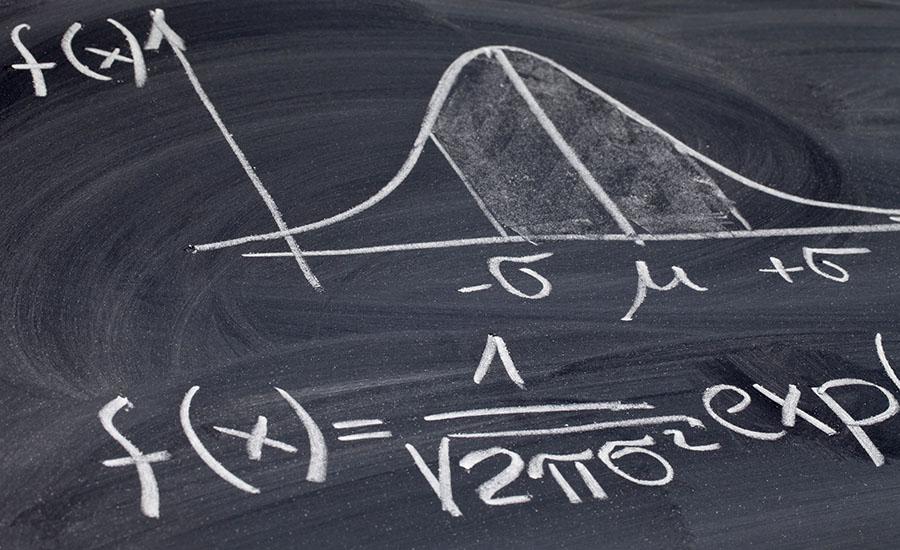
An Inquiry Approach to Newton's 2nd Law
This lesson uses a Modeling Instruction approach to developing the graphical and mathematical relationship commonly known as Newton's 2nd Law for students in Grades 9-12. Students design an experiment, collect data using electronic sensors, plot their results, and derive the relationship between net force, mass, and acceleration. Materials used include electronic force and motion sensors, Vernier's Graphical Analysis app, and Readings (links provided in PowerPoint). The Agenda (also included in the PowerPoint) is for a 2 day activity for hour-long classes. Day 1 is Experimental Design, Data Collection, and Data Analysis. Day 2 is Sharing of Results, reaching Collaborative Consensus, Discussion of Readings, and Examples of Applications of Newton's 2nd Law.
Lesson Plan Link/URL
https://docs.google.com/presentation/d/1Z6g5xk6pMICDo4zplWiPwFOf3Zovy4x-/edit?u…Related Content


Students will study car barrier engineering in this lesson. They will study how Newton’s Second Law of motion can be applied to determine how to decrease the force of impact during a collision. They

Engineers often create small-size models of a new product to test its design. This is especially true with airplanes. Model testing tells engineers how a design responds to different air conditions

